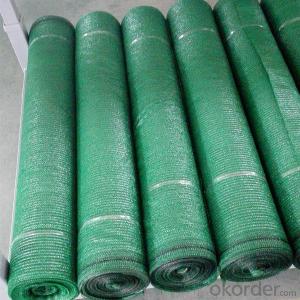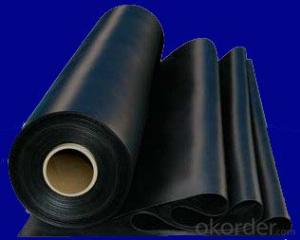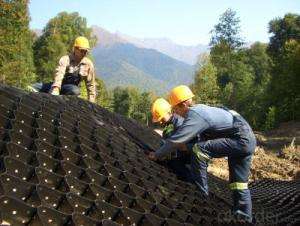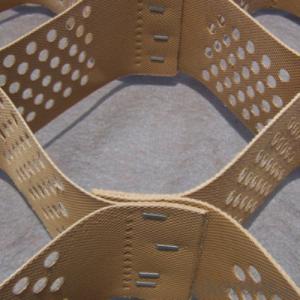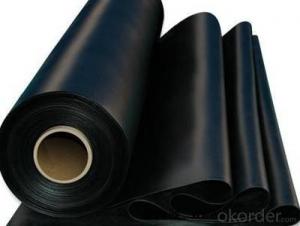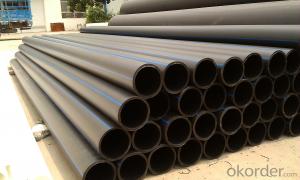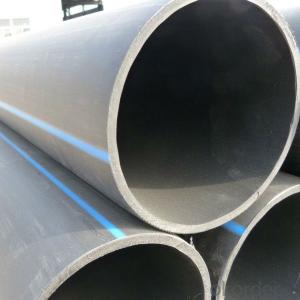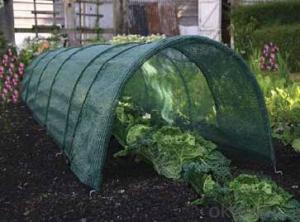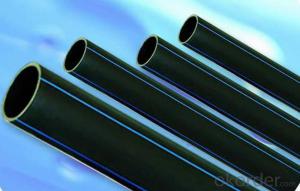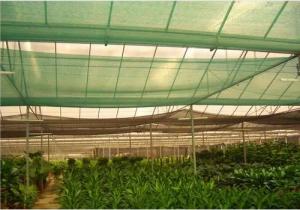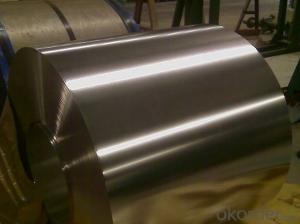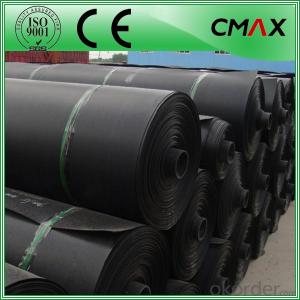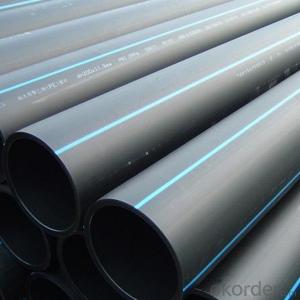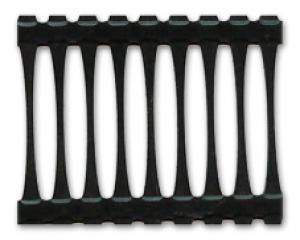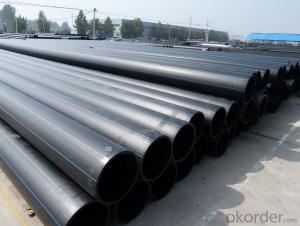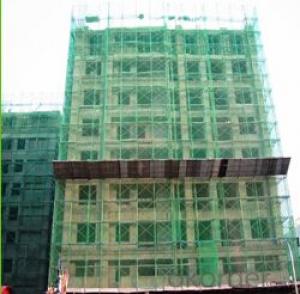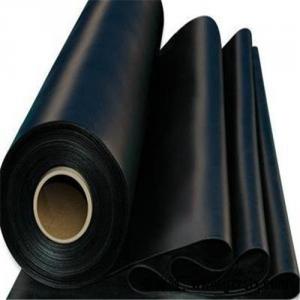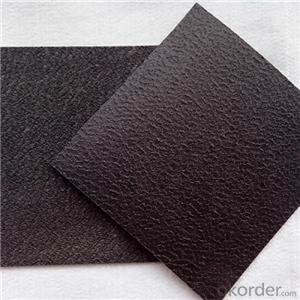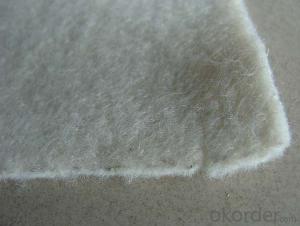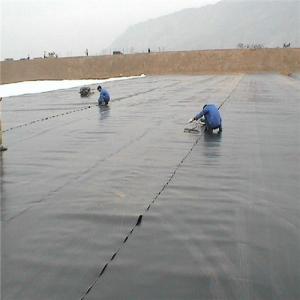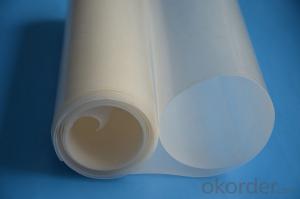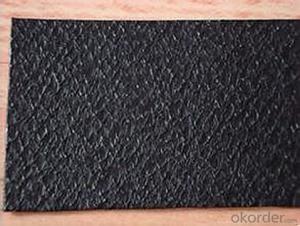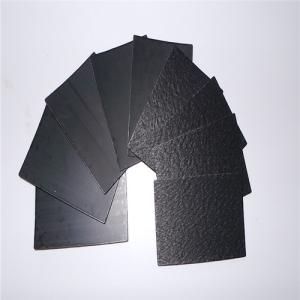Geomembran Hdpe
Geomembran Hdpe Related Searches
Geomembrane For Landfill Geomembrane In Hdpe Geomembrane In Pakistan Pvc Geomembrane Liner Pvc Geomembrane Institute Hdpe Geomembrane Machine Geomembrane Machine Plastic Geomembrane Hdpe Geomembrane Self Adhesive Geomembrane CoverHot Searches
Hdpe Geomembrane Sheet Price Hdpe Geomembrane China China Geomembrane Geomembrane China Hdpe Geomembrane Price Wholesale Hdpe Geomembrane Roll Geomembrane Factory Wholesale Liner Hdpe Geomembrane Wholesale Geomembrane Hdpe Wholesale Hdpe Geomembrane Geomembrane Market Size Wholesale Geomembrane Hdpe Geomembrane Liner Manufacturers Hdpe Geomembrane Manufacturers Geomembrane Products Hdpe Geomembrane Factories Textured Geomembrane China Pvc Geomembrane China Geomembrane Roll Sheet Hdpe Geomembrane Sheet PriceGeomembran Hdpe Supplier & Manufacturer from China
Okorder.com is a professional Geomembran Hdpe supplier & manufacturer, offers integrated one-stop services including real-time quoting and online cargo tracking. We are funded by CNBM Group, a Fortune 500 enterprise and the largest Geomembran Hdpe firm in China.Hot Products
FAQ
- The cost considerations of using geomembranes include the initial installation cost, maintenance and repair expenses, and the potential for long-term savings. While the upfront cost of materials and installation may be higher compared to other options, such as concrete or clay liners, geomembranes offer durability, longevity, and reduced maintenance requirements. Additionally, the use of geomembranes can prevent the need for costly remediation or containment measures in the event of leaks or contamination, making them a cost-effective choice in the long run.
- nan
- The cost of any heating system is determined by the building structure, local climatic conditions and user habits instead of materials. Materials' energy-saving performance and heat balance are only influencing factors, not the determining factor. Heat consumption determines the energy consumption of every heating season in a given building, which can be calculated by multiplying building's heat consumption index with 24 hours and the days of heating.
- nan
- Electric oil heater, heated slowly, but it has mature technology and manufacturing process, stable quality which is not easy to break small power consumption. The quality of electrothermal film heater is not stable a few years ago, but it is much better now, which is characterized by energy saving, small heat effect conversion loss, high warming speed, but once the heater is closed, its temperature also drops quickly. It is better to use oil heater if you stay at home for a long time, and electrothermal film heater is better otherwise.
- Yes, geomembranes can be used in landfill gas collection systems. Geomembranes are impermeable liners made of synthetic materials that are designed to prevent the leakage of liquids and gases. In landfill gas collection systems, geomembranes are used as a barrier to contain and collect the methane gas produced by decomposing waste in landfills. They help to prevent gas migration and facilitate the efficient collection and extraction of landfill gas for energy generation or other uses.
- nan
- Code for acceptance of constructional quality of concrete structures GB50204-2015 in line with the requirements of Note on the issuance of 2011 code making and plan revising of engineering construction standards ( building standards[2011]No.17) issued by Ministry of Housing and Urban-Rural Development, this code is made by China Academy of Building Research and related institutes after extensive research, conscientiously summing up the experience in engineering practices, with reference to international standards and foreign advanced standards for, and on the basis of public opinions. This code has 10 chapters and six appendices. The main contents are: General principles, terminology, basic provisions, sub-project template, sub-project rebar , sub-project prestress, sub-project concrete, sub-project cast-in-place structure, sub-project prefabricated structure, sub-project concrete structure. The context is similar to the previous version of Code for acceptance of constructional quality of concrete structures GB50204-2002 (2011version) This code comes into force in September 1st, 2015. Wherein the 4.1.2,5.2.1,5.2.3,5.5.1,6.2.1,6.3.1,6.4.2,7.2.1,7.4.1articles, as mandatory provisions must be strictly enforced.
- Yes, geomembranes can be used in roofing systems. They are often used as a waterproofing material to prevent water penetration and protect the underlying structure from moisture damage. Geomembranes provide excellent durability, flexibility, and resistance to UV radiation, making them suitable for various roofing applications.



